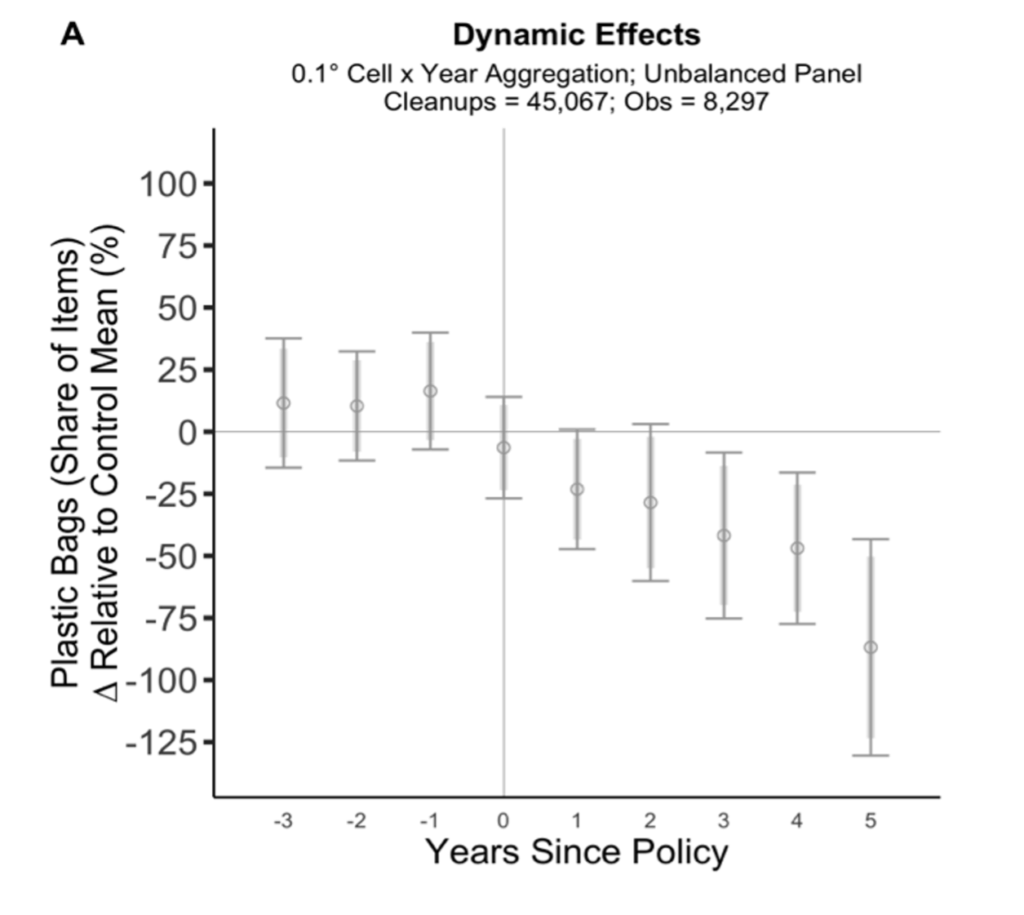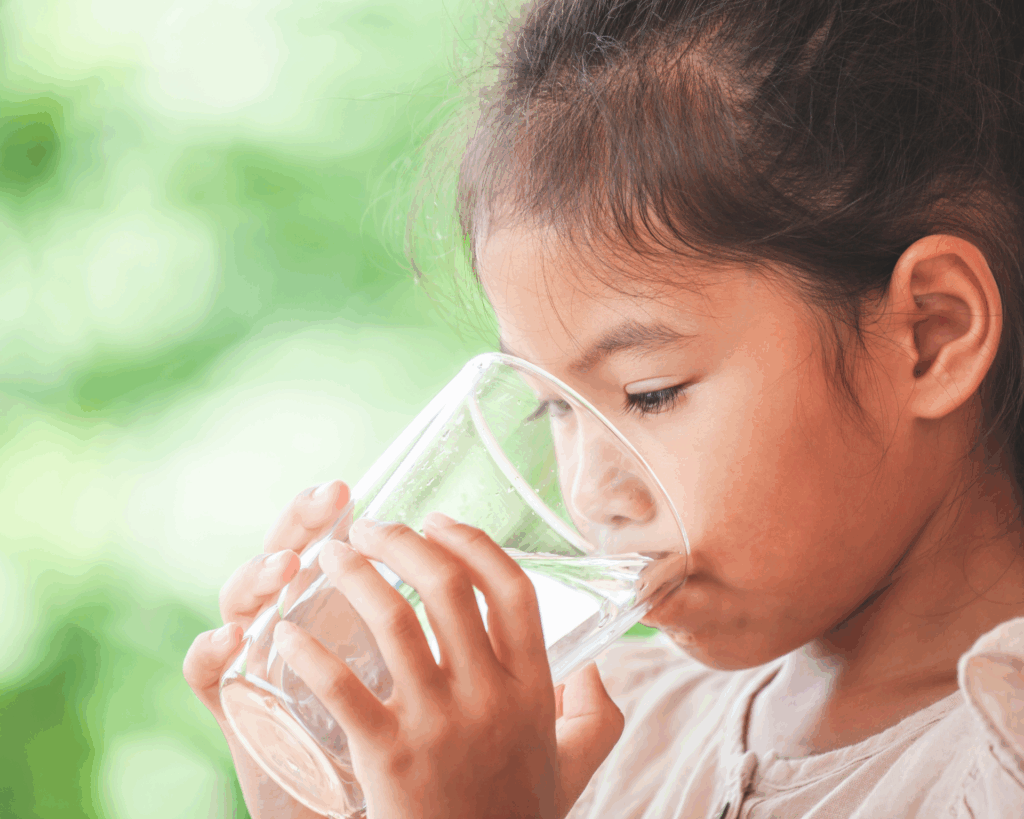Banning the Bag Saves the Sand
Areas with restrictive bag policies saw 25-47% fewer plastic bags in shoreline cleanups than areas without such policies.

Read Time: 3 minutes
Published:
Every year, 12.7 million tons of plastic end up in the ocean—equivalent to one truckload every minute. When littered instead of recycled, plastic contaminates ecosystems and threatens wildlife. Among the most harmful forms of litter are flimsy, single-use plastic shopping bags. Their lightweight design lets them travel long distances by air and water, easily escaping trash cans, garbage trucks, and landfills.
When underwater plastic debris entangles sea life, the animals struggle to swim and breathe. Many also mistake the bags for jellyfish, swallowing them and unleashing toxic chemicals into their bodies. On land, the litter can even disrupt sea turtle reproduction by altering sand temperatures critical for incubation.
Humans are also exposed. On average, each of us unknowingly consumes 5 grams of plastic every week. Microplastics infiltrate our bodies through food, water, air, and even everyday cookware and personal products. Plastic toxins have been linked to cancers, birth defects, hormone disruptions, and cognitive impairment. Many states, including New York and California, have implemented plastic bag bans to control consumption and litter. Today, only 12 U.S. states and 10 cities have banned single-use plastic bags—a sharp contrast to Canada’s nationwide ban.
A recent study investigated the effect of 182 U.S. plastic bag policies implemented between 2017 and 2023 on shoreline plastic litter and wildlife entanglement. The researchers compared complete bans, partial bans, and policies that impose a fee for each plastic bag used at grocery checkouts. Complete bans prohibit all plastic bags, while partial bans target only thin, disposable bags.

Areas with any bag policy saw 25-47% fewer plastic bags in shoreline cleanups than areas without policies. The longer the policies were in effect, the fewer bags that washed up on shorelines. Grocery bag taxes drove the steepest drop in shoreline litter in areas that once produced the most plastic pollution. Notably, they outperformed outright bans.
Bag policies revealed a nearly 30% drop in entangled animals. Still, more research is needed to understand how wildlife gets caught up in plastics, since bags are only one of many types of harmful litter.
While these policies reduce litter, they do not eliminate it. Lawmakers from California and Oregon proposed the Break Free From Plastic Pollution Act to reform waste and recycling nationwide, but it has been stalled in Congress since 2023.
National policy moves slowly, but individual efforts can make a difference. Simple choices like bringing your own bag can support a greener lifestyle. Expanding regulation to other single-use items, like cups and utensils, is essential to keep turning the tide on pollution and protect against contamination.



